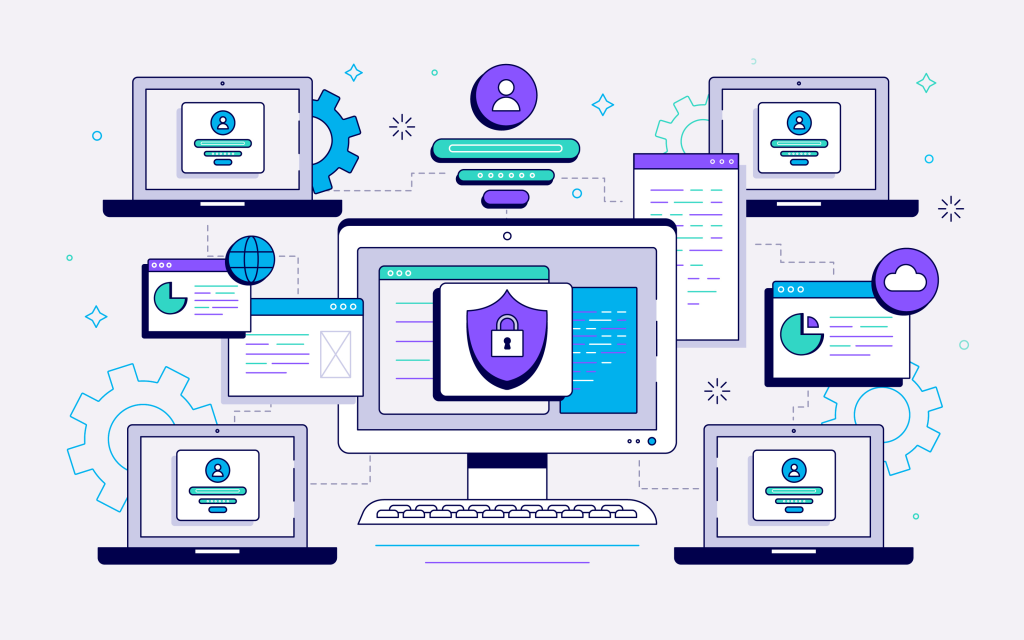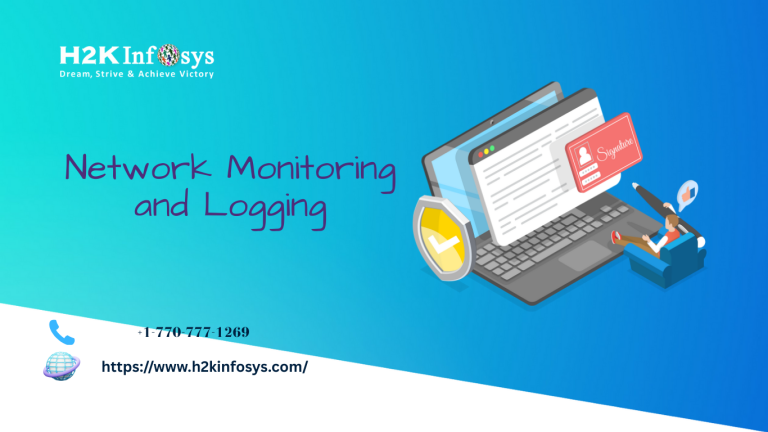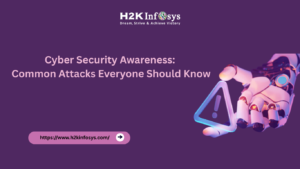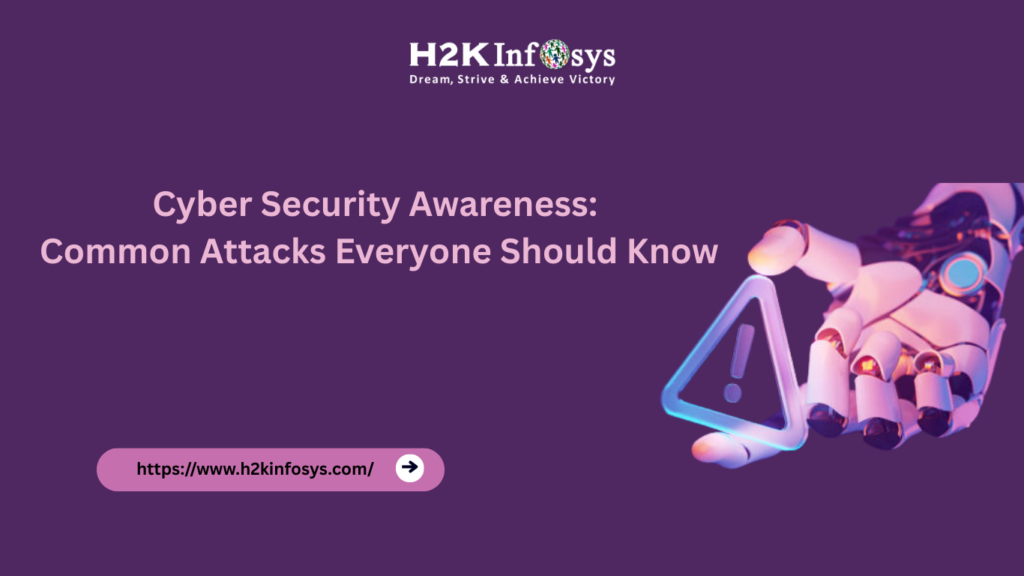Introduction:
In today’s rapidly evolving digital landscape, organizations are constantly facing the challenge of securing their networks from an array of cyber threats. The complexity and frequency of these threats have made effective network monitoring and logging an essential practice in the cyber security domain. By implementing powerful network monitoring and logging solutions, businesses can proactively identify vulnerabilities, detect potential breaches, and optimize network performance, ensuring an unmatched level of protection and operational efficiency. In this article, we explore the revolutionary advancements in network monitoring and logging that are transforming the way organizations safeguard their networks, and how Cyber security training and placement can prepare professionals to handle these advanced tools.
The Importance of Network Monitoring and Logging:
Network monitoring and logging are crucial for businesses looking to secure their digital infrastructure. By continuously tracking network activity and recording data logs, organizations can gain visibility into their network’s health, detect suspicious behavior, and prevent cyberattacks before they escalate into serious threats.
What is Network Monitoring?
Network monitoring involves continuously observing the flow of data across a network to ensure its optimal performance and security. By tracking network traffic, devices, and system performance, it becomes easier to detect and respond to issues such as slowdowns, outages, or malicious activities. Advanced network monitoring systems use real-time data to send alerts and notifications to administrators, empowering them to act quickly to mitigate potential threats.
What is Logging?
Logging is the process of creating records of network activities, system operations, and user actions. These logs are vital for tracking network events and providing a comprehensive audit trail that can be examined for signs of unauthorized access, system breaches, or other suspicious activities. Effective network logging practices ensure that businesses have the information they need for forensic investigations and compliance audits.
Revolutionary Technologies in Network Monitoring and Logging:
The field of network monitoring and logging has seen significant advancements, with revolutionary tools that offer unprecedented capabilities in detecting, analyzing, and responding to cyber threats.
AI and Machine Learning Integration:
Artificial Intelligence (AI) and Machine Learning (ML) are being increasingly integrated into network monitoring and logging systems. These technologies help identify patterns and anomalies in vast data sets, enabling the network to automatically detect potential threats and notify administrators in real time. AI-driven network monitoring allows businesses to identify cyber risks before they become critical issues, effectively enhancing the security posture of an organization.
Real-Time Monitoring Tools:
Real-time network monitoring tools have revolutionized how businesses detect threats and performance issues. By providing immediate insights into network traffic, these tools allow organizations to act on vulnerabilities and threats as they occur, significantly reducing the response time and limiting the damage caused by attacks. With real-time network monitoring, businesses can prevent breaches before they become a significant issue.
Cloud-Based Logging Solutions:
Cloud-based logging has transformed the way data is stored, managed, and accessed. Instead of relying on on-premise storage solutions, cloud-based logging systems offer scalability, flexibility, and centralization, making it easier for organizations to access their logs from any location. Network logging in the cloud allows businesses to store massive amounts of data securely while retaining easy access to audit trails and historical records.

Real-World Examples of Network Monitoring and Logging:
To fully understand the impact of network monitoring and logging, let’s look at some real-world examples where these tools have significantly improved network security and performance across various industries.
Financial Sector:
Banks and financial institutions have long been targets for cybercriminals due to the sensitive nature of the data they hold. By employing advanced network monitoring tools, financial organizations can detect fraudulent transactions or suspicious account access in real time. Network logging ensures that every transaction is recorded, providing a detailed audit trail that can be used for security investigations and compliance purposes.
Healthcare Industry:
In healthcare, patient data must be protected at all costs. Network monitoring and logging are critical in detecting unauthorized access to medical records. For example, if an employee tries to access records they are not authorized to view, the network monitoring system can send an alert, while network logging ensures a record of the incident is created. This combination of proactive monitoring and detailed logging helps healthcare organizations protect patient privacy and comply with regulations like HIPAA.
E-Commerce:
E-commerce businesses rely on their networks to manage orders, customer data, and financial transactions. Network monitoring tools help e-commerce sites detect abnormal behaviors, such as sudden traffic spikes or unauthorized access attempts. Using network logging, they can track every action taken by customers and staff to identify potential vulnerabilities and optimize overall site performance.
Benefits of Network Monitoring and Logging:
Investing in network monitoring and logging solutions offers several compelling benefits that can improve an organization’s security and efficiency.
Early Threat Detection: One of the primary benefits of network monitoring is its ability to detect threats at an early stage. By continuously analyzing network activity and logs, suspicious behavior can be identified before it escalates into a significant breach. This proactive approach helps minimize potential damage and reduces the risk of costly data breaches.
Compliance Assurance: Many industries require businesses to maintain stringent data security measures. Effective network logging practices ensure that organizations can meet regulatory compliance requirements, providing clear and verifiable records for audits. Organizations in the healthcare, financial, and legal sectors, in particular, rely on network logging to ensure they adhere to industry-specific regulations.
Optimized Incident Response: In the event of a security incident, the network logs and monitoring data provide valuable insights into the nature of the attack, how it unfolded, and how it can be stopped. By leveraging network monitoring and logging, security teams can respond more effectively and recover faster.
Performance Enhancement: Network monitoring also helps businesses ensure that their networks are running efficiently. By detecting network congestion or hardware failures early, businesses can address performance issues before they affect users or cause disruptions to services.
Cyber Security Training: Mastering Network Monitoring and Logging
As the complexity of cyber threats grows, the demand for skilled professionals who can handle advanced network monitoring and logging tools has skyrocketed. To excel in this field, individuals must gain a deep understanding of how these technologies work and how to deploy them effectively. This is where cyber security training becomes essential.
Cyber Security Training with Placement Support:
Specialized cyber security training courses offer comprehensive coverage of network monitoring and logging tools. Many of these courses include job placement assistance, ensuring that students are equipped with both the technical skills and real-world experience required to land roles in the industry.
Cyber Security Analyst Training:
A cyber security analyst is responsible for monitoring and securing networks. By enrolling in a dedicated network monitoring and logging course, aspiring analysts can gain expertise in using SIEM (Security Information and Event Management) tools, intrusion detection systems, and other network monitoring technologies. This training helps professionals understand the nuances of network logging and how to interpret the data generated by various monitoring systems.
Online Cyber Security Classes:
Online classes cyber security offer flexibility, allowing students to learn network monitoring and logging techniques at their own pace. These classes offer the same high-quality training as in-person sessions, with the added benefit of remote learning. Online courses also provide hands-on labs, where students can practice using network monitoring tools and gain valuable experience.
Key Takeaways:
- Network monitoring and logging are essential for detecting and responding to cyber threats in real time.
- Revolutionary technologies like AI, machine learning, and cloud-based solutions are enhancing the capabilities of network monitoring and logging.
- Professionals seeking to excel in network monitoring and logging can benefit from comprehensive cyber security training.
- Real-world applications across industries demonstrate the importance of network monitoring and logging in securing critical systems.
Conclusion:
With the increasing frequency and sophistication of cyber threats, network monitoring and logging have become indispensable for organizations. These tools allow businesses to detect issues early, optimize performance, and ensure compliance. If you are looking to advance your career in Cyber security training and job placement, enrolling in a specialized training course is the best way to develop the hands-on skills required to succeed in this high-demand field.
Ready to dive into the world of network monitoring and logging? Enroll in our cyber security training courses today and equip yourself with the skills to safeguard the networks of tomorrow.


























